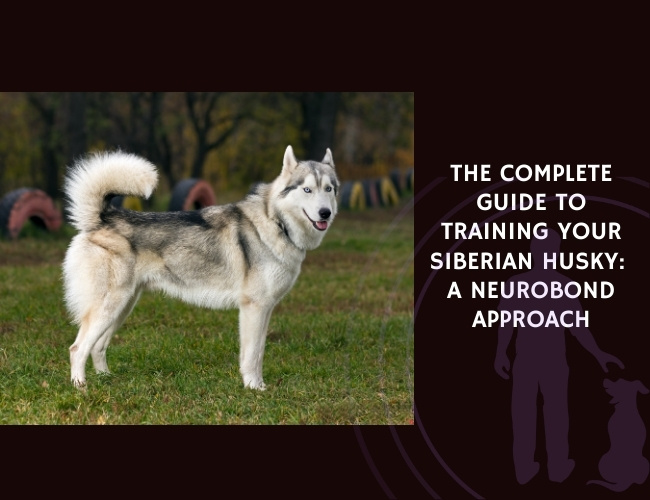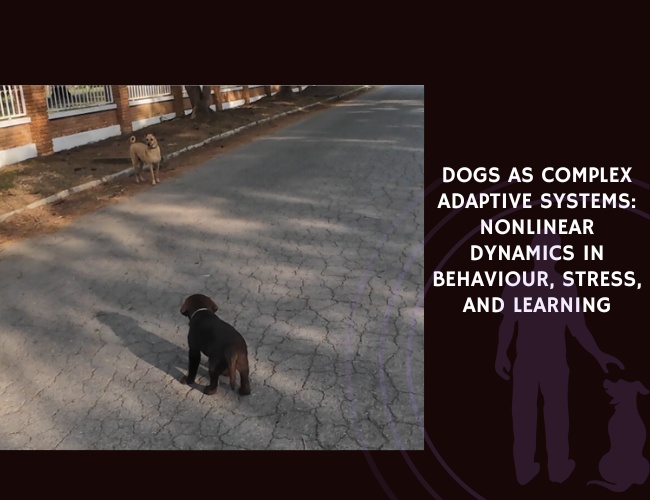In animal welfare research, prolonged periods where dogs are awake but motionless (ABM) have often been interpreted as signs of a depression-like state. A 2019 study in Animals tested this assumption by examining whether shelter dogs showing more ABM also displayed anhedonia, measured by reduced interest in a treat-filled KongTM.
The study involved 57 dogs from seven shelters. Researchers found that dogs relinquished by owners spent significantly more time ABM than strays or legal cases. However, only one measurable association emerged between ABM and KongTM engagement, and it was in the opposite direction from what would be expected if ABM reflected depression.
Interestingly, when experts—blind to actual inactivity levels—rated dogs’ reactions to the KongTM, those perceived as more “depressed” or “bored” did spend greater time ABM. This suggests that while ABM may not directly indicate depression, it could be linked to boredom-like states in shelter environments.
The authors conclude that ABM should not be used as a standalone indicator of poor mental health, but note its potential as a marker for understimulation. Further research could help refine behavioural assessments to better distinguish between boredom, stress, and depression in dogs.
Source: Harvey, N. D., Moesta, A., Kappel, S., Wongsaengchan, C., Harris, H., Craigon, P. J., & Fureix, C. (2019). Could Greater Time Spent Displaying Waking Inactivity in the Home Environment Be a Marker for a Depression-Like State in the Domestic Dog? Animals, 9.









